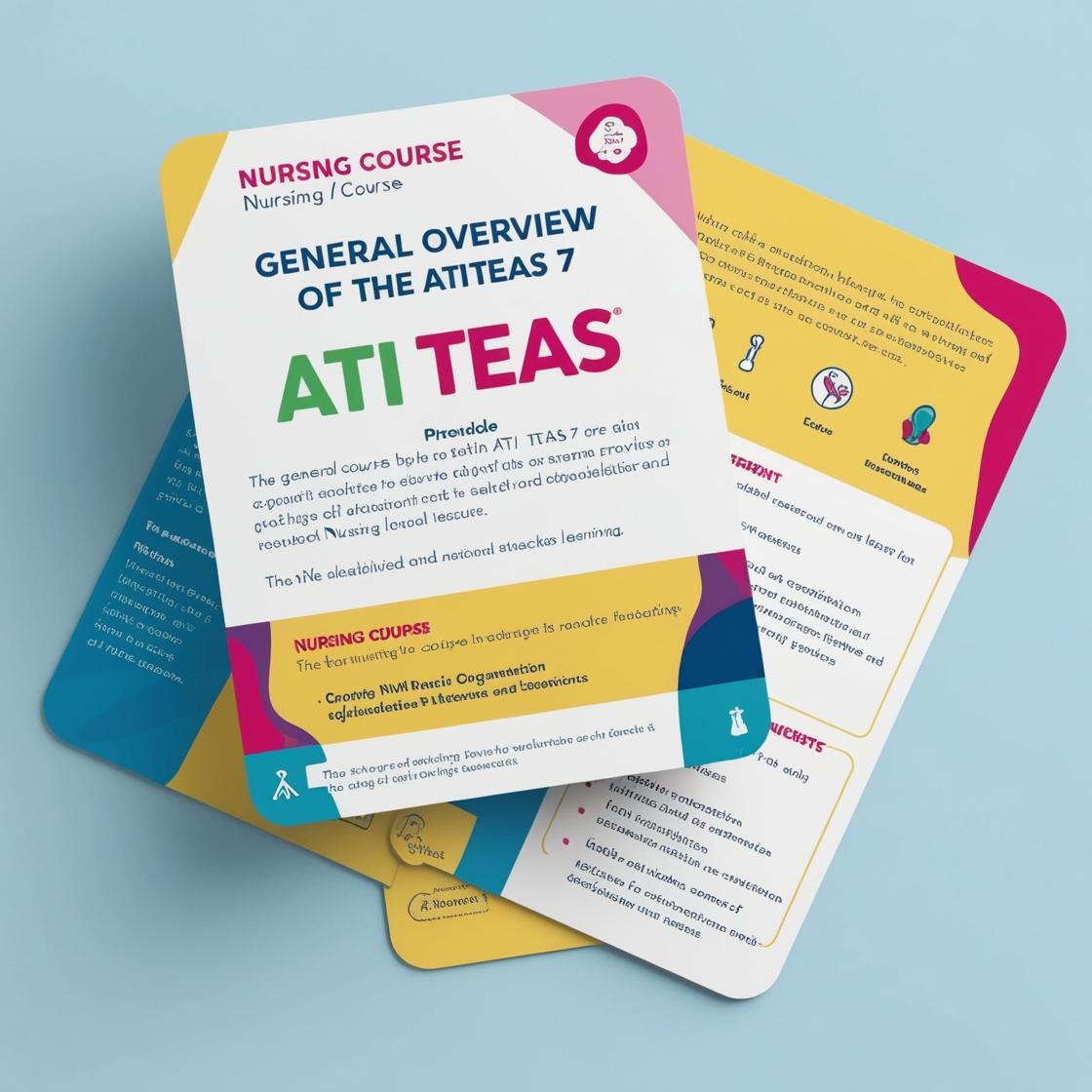ATI TEAS 7
TEAS version 7 quizlet science
1. Why is maintaining good muscle strength and flexibility as we age important?
- A. To prevent headaches
- B. To prevent falls
- C. To reduce anxiety
- D. To avoid the common cold
Correct answer: B
Rationale: Maintaining good muscle strength and flexibility as we age is crucial to prevent falls. Strong muscles and good flexibility help improve balance and stability, reducing the risk of falls, which can lead to serious injuries, especially in older adults. Falls are a significant concern for the elderly population, and preventing them through muscle strength and flexibility can enhance overall quality of life. Headaches are not directly related to muscle strength and flexibility; they can have various causes such as stress, dehydration, or underlying health conditions. Anxiety is a mental health condition and not directly prevented by muscle strength and flexibility. Similarly, the common cold is a viral infection and is not influenced by muscle strength and flexibility.
2. What is the feedback mechanism in the endocrine system that helps maintain hormone balance?
- A. Positive feedback, where a hormone stimulates its own release
- B. Negative feedback, where a hormone suppresses its own release
- C. Cascade effect, where one hormone triggers the release of another
- D. Dual hormone system, where two hormones work together
Correct answer: B
Rationale: In the endocrine system, negative feedback is the mechanism by which hormone levels are regulated. When hormone levels reach a certain threshold, they signal the body to stop producing more of that hormone, thus maintaining a balance. Negative feedback (option B) is the correct answer as it helps in preventing overproduction of hormones by suppressing their own release. Positive feedback (option A) would lead to an excessive production of hormones, disrupting the balance. The cascade effect (option C) involves one hormone triggering the release of another but does not directly regulate hormone levels. The dual hormone system (option D) refers to two hormones working together but does not specifically address the feedback mechanism for maintaining hormone balance.
3. Which of the following organs is responsible for churning and mechanically breaking down food?
- A. Small intestine
- B. Large intestine
- C. Stomach
- D. Esophagus
Correct answer: C
Rationale: The correct answer is C, the stomach. The stomach is responsible for churning and mechanically breaking down food. It contains muscles that contract and relax to mix food with digestive juices, breaking it down into smaller particles. This mechanical digestion process helps prepare the food for further digestion and absorption in the small intestine. The small intestine is primarily responsible for the absorption of nutrients, not for mechanical digestion. The large intestine absorbs water and salts, and the esophagus is a muscular tube that transports food from the mouth to the stomach, not involved in churning or breaking down food.
4. During micturition, the process involves a combination of:
- A. Gravity alone
- B. Voluntary muscle contractions only
- C. Involuntary muscle contractions only
- D. Both voluntary and involuntary muscle contractions
Correct answer: D
Rationale: During micturition, which is the process of urination, both voluntary and involuntary muscle contractions are involved. Voluntary muscle contractions include the relaxation of the external urethral sphincter, allowing the release of urine, while involuntary muscle contractions involve the detrusor muscle in the bladder contracting to expel urine. Choices A, B, and C are incorrect because micturition is not solely dependent on gravity, voluntary muscle contractions, or involuntary muscle contractions alone. The correct answer is D as both types of muscle contractions are necessary for the complete process of urination.
5. What is the primary hormone released by the parathyroid glands?
- A. Insulin
- B. Calcitonin
- C. Parathyroid hormone (PTH)
- D. Thyroxine
Correct answer: C
Rationale: The primary hormone released by the parathyroid glands is parathyroid hormone (PTH). PTH plays a crucial role in regulating calcium and phosphorus levels in the body by increasing calcium levels in the blood through various mechanisms, such as promoting calcium release from bones and increasing calcium absorption in the intestines. Insulin is produced by the pancreas and regulates blood sugar levels, calcitonin is produced by the thyroid gland and helps lower blood calcium levels, and thyroxine is a hormone produced by the thyroid gland that regulates metabolism. Therefore, choices A, B, and D are incorrect as they are not the primary hormone released by the parathyroid glands.
Similar Questions

Access More Features
ATI TEAS Premium Plus
$150/ 90 days
- Actual ATI TEAS 7 Questions
- 3,000 questions with answers
- 90 days access
ATI TEAS Basic
$99/ 30 days
- 3,000 Questions with answers
- 30 days access
